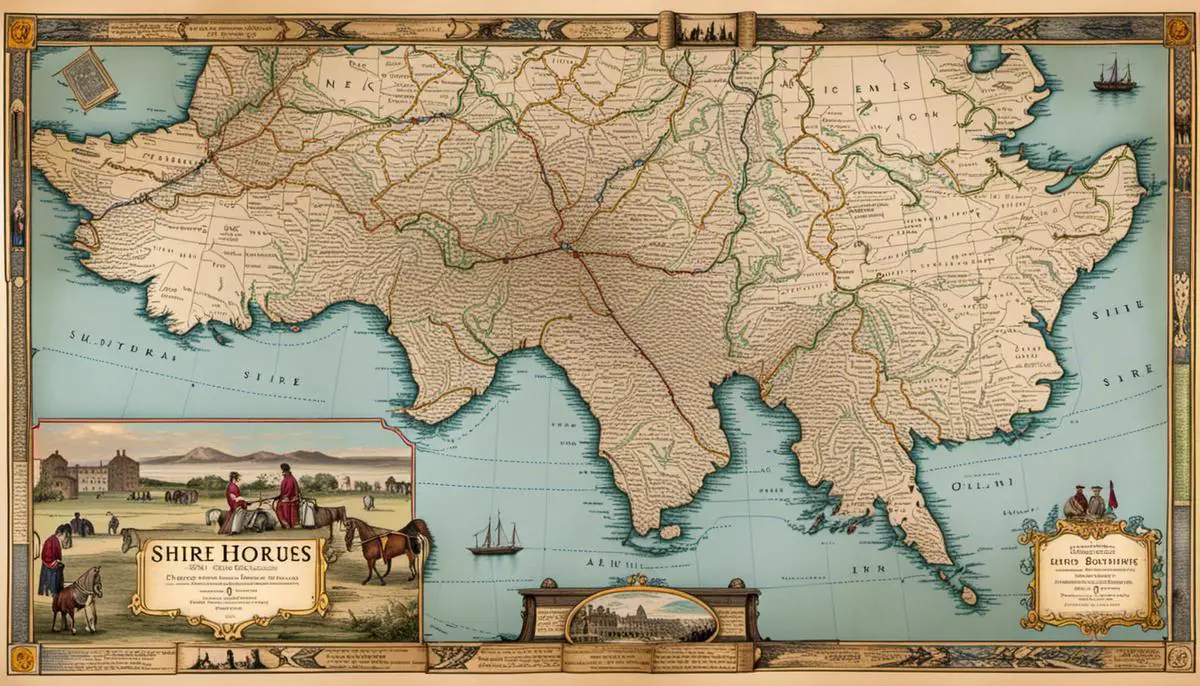With roots tracing back to medieval England, the epic history of Shire horses offers a captivating journey through time. Known for their colossal size and towering stature, these horses embody strength and power. Originally bred to bear the weight of knights in full war armor, their significant size is an integral aspect of their heritage. This essay delves into the intriguing evolution of the Shire horse size, tracing the historical transformations right through to the influences of modern breeding practices. We will delve into comparative analysis with other breeds, providing a unique lens to view the course of horse breeds’ size evolution. Lastly, envisioning the current and future trends, let’s unravel the fascinating story of Shire horse size evolution.
Table of Contents (Horspedia)
Origins of Shire Horses
Origins of Shire Horses and their Original Intended Purpose
The lineage of Shire horses traces back to the massive war horses that were used to carry fully armored knights into battle in medieval times. These horses, known as “Great Horses,” were bred for their strength, stamina, and conspicuous presence on the battlefield. They were a sign of wealth and power, with the ability to carry the weight of a knight and his armor, frequently weighing over 400 pounds. One of the ancestors of these Great Horses was the “Black Horse” imported to England in the mid-15th century from Friesland, now part of the Netherlands.
With the decline of knight warfare by the 17th century, these large horses found a new function. Their strength and endurance were put to use in farming and hauling heavy loads. They played a crucial role in the epoch of canal building, pulling barges, and they became a common sight in the burgeoning industrial cities, where they hauled goods.
The size and power that made them valuable war horses made them equally valuable for these tasks. They were bred for these functional purposes, thus creating breeds like the English Cart Horse, an ancestor of the modern Shire.
The Evolution of the Shire Horse Size
The ancestors of what we now call the Shire horse were originally tasked with farm work as well as hauling the substantial loads of brewers’ carts and wagons. With hefty and towering bodies complemented by robust musculature, these horses were the perfect fit for such strenuous duties.
As time passed, the requirement of these tasks guided selective breeding practices that favored larger, stronger horses. Today’s Shire horses are a testament to this history. They have shaped through centuries of dedicated breeding to become the largest breed of horse globally.
By the late 18th century, advancements in agriculture spurred a need for a broader variety of working horses. Consequently, the Shire horse underwent further transformations in size and strength to meet these new challenges. By the mid-19th century, especially amongst brewers, larger horses were preferred – the bigger the horse, the heavier loads it could transport, and fewer trips it needed to make.
The breed’s size reached its apex in the late 19th and early 20th centuries. Some Shire horses were reported to stand at an astonishingly over 21 hands high (around 7 feet at the shoulder) and weighed over 3,000 lbs. Present-day Shire show horses, although perhaps not as gigantic as their predecessors, still awe onlookers with their average weight standing around 2,200 lbs and height ranging from 17 to 20 hands.
Even though their imposing stature isn’t a primary requirement in today’s era, the breed’s magnificent build symbolizes their historical evolution and epitomizes their unparalleled strength. This evolution of the Shire horse’s size constantly reminds us of the breed’s historical socio-economic importance.
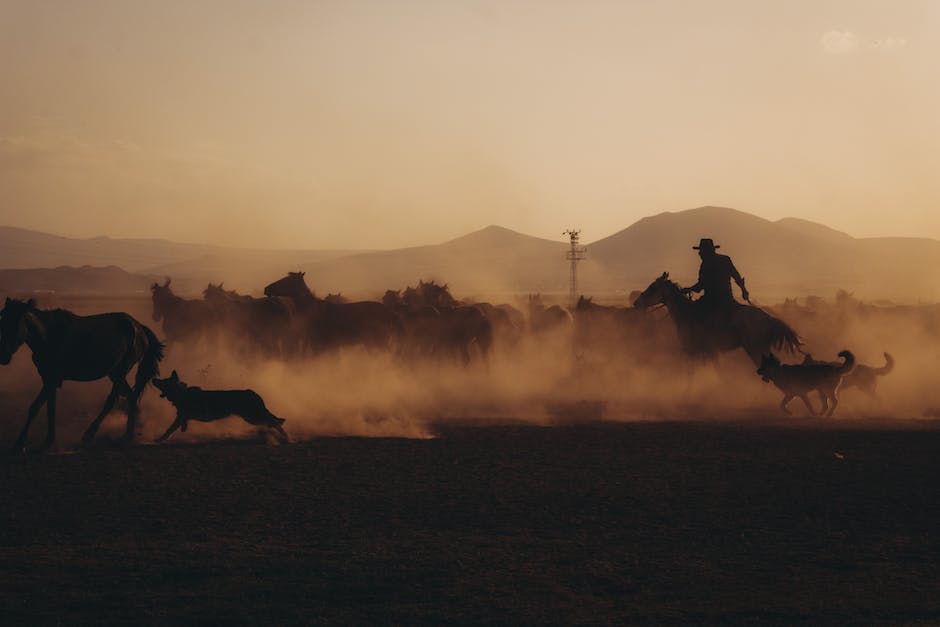
Historical Size Changes
The Early History and Size of Shire Horses
Originating from Britain, the Shire horses, also once referred to as ‘Great Horses,’ trace their lineage back to medieval times where they played crucial roles as war horses. Back then, they were substantially smaller than modern-day Shire horses, measuring approximately 14 to 15 hands high, or about 56 to 60 inches tall. This size was purposeful – they needed to be agile for warfare and strong enough to carry heavily armored knights in the battlefields.
Survival and Evolution during the Middle Ages
After the end of warfare in the medieval era, the size of Shire horses started to increase due to changing needs in society. Gradually, these horses started being used in agriculture and for pulling heavy loads like wagons, so a bigger size and stronger physique became desirable. They were cross-bred with other large horse breeds such as the Friesian to increase their size and strength. By the late middle ages, the size of Shire horses had increased significantly, now standing at around 17 hands high.
Impact of Industrial Revolution on Shire Horses Size
The Industrial Revolution in the 18th and 19th centuries brought about massive changes in farming and transportation methods. Shire horses were increasingly used in draught work and for pulling heavy carts, with their size and strength being seen as an asset. Breeding practices during this time focused on encouraging larger horses, and the size of Shire horses increased further. At this point in history, Shire horses were commonly around 18 hands high, although some individuals reached over 19 hands high.
Size Decrease in the 20th Century
The advent of machinery and motorized vehicles during the 20th century led to a decline in the need for large, strong horses like the Shire. As their practical use diminished, so too did their size. Coupled with a reduced emphasis on breeding solely for size, Shire horses in the 20th century saw a slight decrease in size, often measuring between 17 to 18 hands high.
Modern-Day Shire Horses and Breeding Practices
In today’s world, Shire horses are primarily used for show purposes, parades, and as tourist attractions. They stand tall and regal, typically ranging from 17 to 19 hands high, with some particularly large individuals reaching a staggering 21.2 hands high, such as the Guinness-record holding Shire horse ‘Sampson’. While the exact size can vary due to individual genetics and environmental factors, modern breeding practices often strive to maintain the breed’s historical size and strong build, making Shires one of the largest and tallest horse breeds in the world.
Environmental Impacts on Shire Horse Size Evolution
Apart from selective breeding, environmental factors such as diet and living conditions have also influenced the size of Shire horses throughout history. Access to better nutrition and care has undoubtedly contributed to their size increase over the centuries. With continuous studies and understanding of horse diets, today’s Shire horses generally have better access to nutrition than their historical counterparts, supporting their large size and muscle development as seen in most modern-day Shire horses.
Future Evolution of Shire Horse Size
As we look towards the future, it appears highly probable that the size of Shire horses will remain steady, if not increase even further. Even though these majestic creatures are today bred more for their historical significance and aesthetic allure as opposed to their brute strength, their impressive size remains a well-celebrated attribute of this breed. As such, meticulous attention to their care, diet, and breeding practices will play pivotal roles in ensuring, or potentially even enhancing, the size of Shire horses in the years to come.
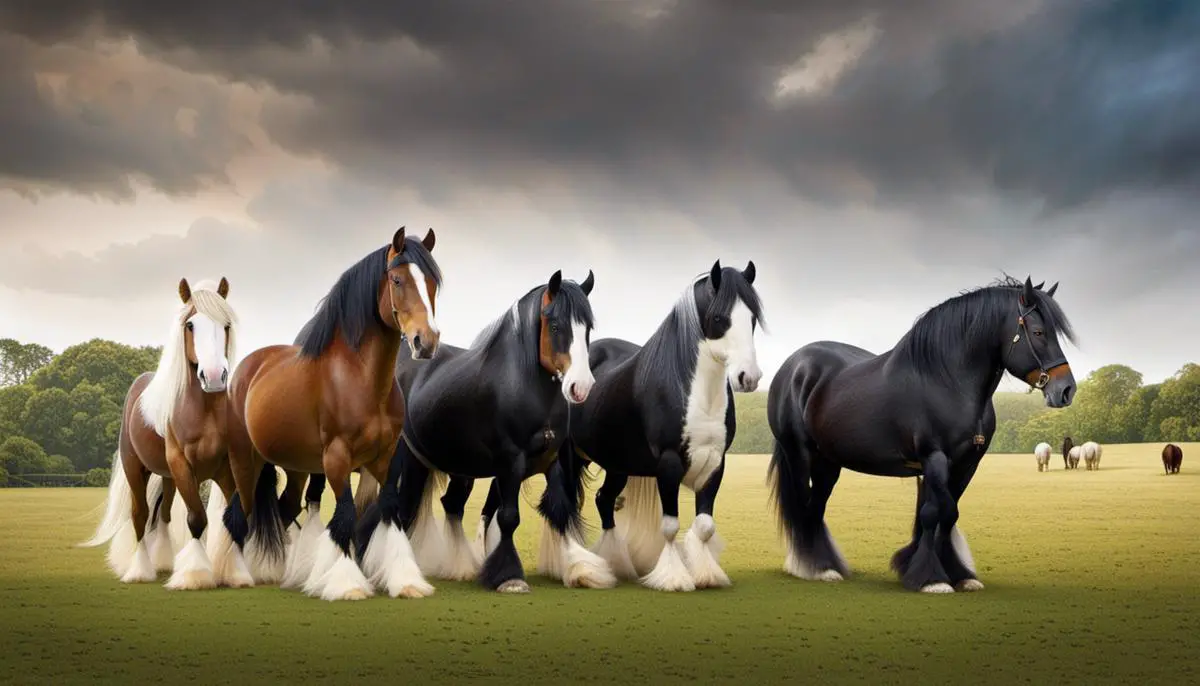
Impact of Modern Breeding
Influence of Modern Breeding Practices on Shire Horse Size Evolution
Modern breeding practices have notably influenced the evolution of Shire horse size. Historically, Shire horses, being working horses used in farming and war, were bred for their potent power and considerable size. But with the societal changes and the advent of mechanical innovations in agriculture and warfare, the breeding of Shire horses started to shift.
Initially, Shire horses were not subjected to selection pressures in terms of size as the tasks they performed did not push their size capabilities. Their survival challenges were predominantly linked to their long-lasting endurance and formidable strength, not their size. However, with the advent of modern breeding practices, size became a selection factor leading to a gradual increase in the size of Shire horses.
By the early fair section of the 20th century, Shire horse breeding started to favor larger horses. Top-tier stallions began averaging around 18 hands high, with some breeders even aiming for larger sizes. This change was attributed to a shift in the purpose of the breed. The Shire, not needed as much for strenuous labor tasks, became valued more for its worth in shows and exhibitions. A larger, awe-inspiring horse was considered much more desirable due to its impact.
Effects of Modern Breeding Practices
However, this evolution in size has not come without its set of challenges. With increased size often comes related health issues. Disorders such as osteochondritis dissecans and other skeletal problems have become more common. Unchecked rapid evolution could potentially lead to adverse effects on the breed’s health and overall longevity. It is therefore important that breeders consider the potential ramifications of selecting for size, a non-productive trait, over overall health and productivity.
Moving forward in their mission to protect and sustain the breed, many Shire horse organisations now encourage balanced breeding programs. This involves taking both size and health into account when selecting breeding pairs. There’s no denying the iconic appeal of the Shire’s size, but sustainability of the breed demands a balanced approach that prioritizes health alongside size.
In our today’s world, the demand for draught horses is not nearly as intense as in the former centuries. Thus, the need to breed larger Shire horses for work has dropped, however, enthusiasts of the breed continue to perpetuate the larger size for a variety of reasons including historical accuracy, recreational use, and show. Historical records, breed registries, and show standards still list 17 hands as the desirable minimum height for the breed, despite the changing needs and demands of a modern society.
Shire Horse Size Evolution: Past, Present and Future
When examining the future prospects of Shire horses, particularly their size, one cannot overlook the evolving demands that have historically shaped this breed. But as we step forward, the question arises whether size evolution will continue to be a decisive factor in their breeding. Crucially, any future changes should not compromise the overall health and sustainability of this treasured breed, despite the aesthetic allure that comes with their sheer size.
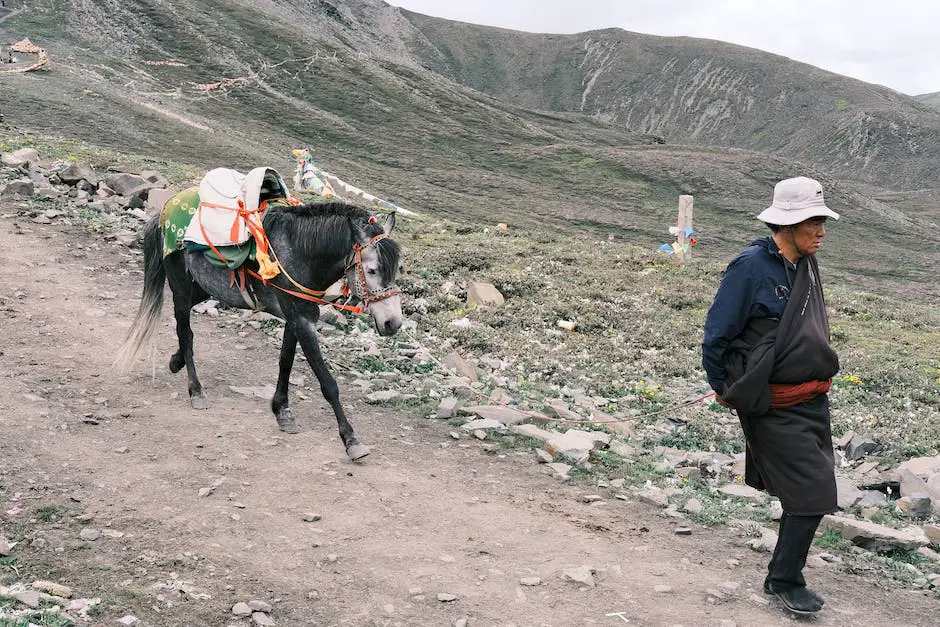
Comparative Size Analysis
Tracing the Past and Anticipating Evolution in Shire Horses’ Size
The Shire horse, renowned for its immense size and strength, originated in England, tracing its lineage back to the times when their enormous size was ideal for war and agriculture. In those times, a Shire horse often weighed at least 1,500 pounds and stood as high as 17 hands (68 inches), thus qualifying as one of the largest draft horse breeds.
As the centuries rolled on, their size further increased, driven by increased demand for more substantial horses that are capable of hauling and towing heavy loads during farming or industrial tasks. Records from the 19th and early 20th century hint that Shire horses typically reached an impressive height of 18 hands (72 inches) and weighed more than 2,000 pounds. ‘Mammoth,’ a mid-19th century shire horse, stood incredibly tall at over 21.2 hands.
The introduction of machines and reduction in labor-intensive practices, however, recalibrated the size requirements for Shire horses. The primary focus shifted from size and strength to overarching health, balance, mobility, and lifespan, leading to a subtle reduction in breed size. Indeed, today’s Shire horses retain their astonishing size, most of them measuring between 17 and 19 hands tall and weighing between 1,800 and 2,400 pounds. However, their size is marginally smaller compared to their predecessors, foregrounding the delicate balance breeders must maintain as they consider the future of Shire horse size evolution.
Comparison with Similar Breeds
When analyzed comparatively with other similar breeds such as the Clydesdale and Belgian horses, the evolution of shire horse size stands out.
Clydesdales, known for being slightly smaller and more agile than their shire counterparts, also had an increase in size due to industrial needs but in a less significant manner. They typically stand between 16 to 18 hands tall and weigh between 1,600 to 2,200 pounds, reflecting a more moderate size development over time.
Belgian horses, another major draft breed, have followed a different evolutionary path in terms of size. Traditionally, they were smaller and more compact, weighing around 1,600 pounds. By the mid-20th century, Belgian horses have increased in size, driven by the interest of turning them into powerful workhorses like the shire horse. Modern Belgians usually stand 16.2 to 17 hands tall and can weigh up to 2,200 pounds.
The Fascinating Journey of Shire Horse Size Evolution
The unique evolutionary path of the Shire horse size exemplifies a captivating interplay of nature and human influence. Originally, their size expansion was a result of needing a robust and strong breed for labor-intensive tasks. As technology advanced and reduced the need for draft horses, their population decreased, causing breeders to concentrate on the health and longevity of existing Shire horses. This led to a slight reduction in their size. Nevertheless, they continue to be one of the largest horse breeds globally, underscoring the distinctive progression of their size evolution.
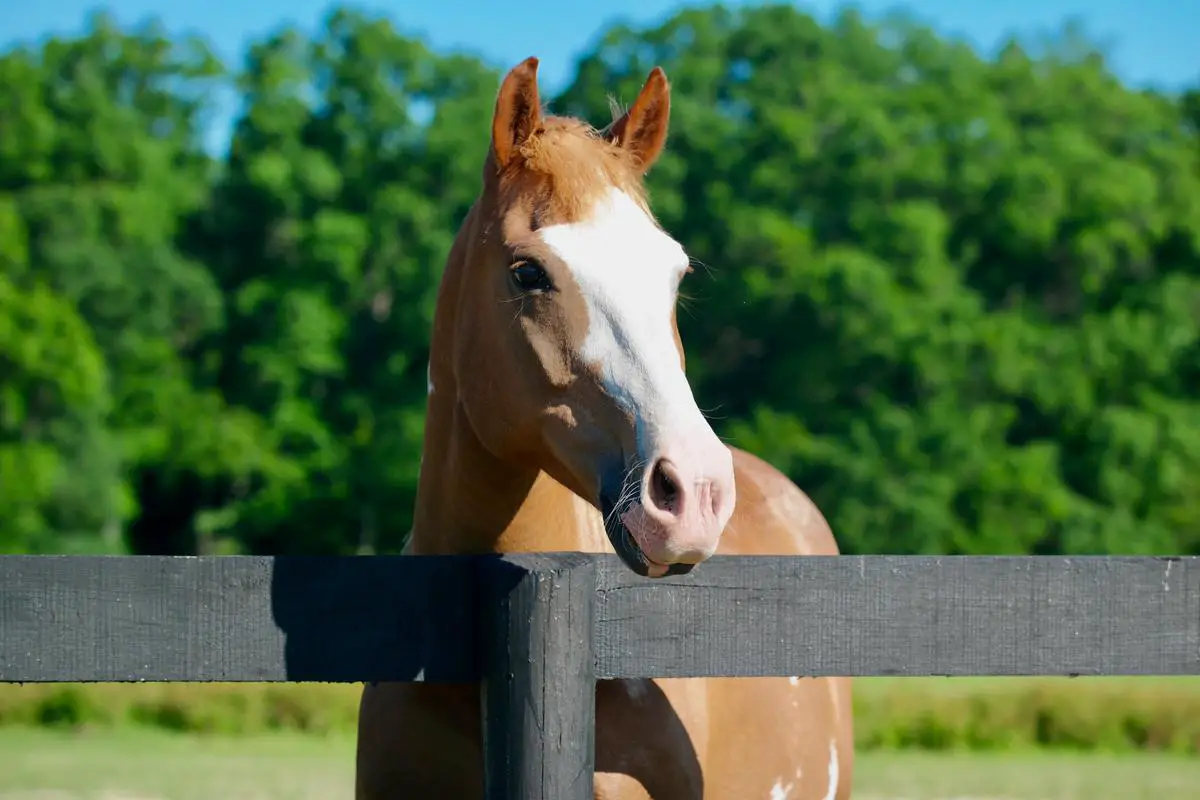
Current and Future Trends
The Present Size and Societal Importance of Shire Horses
Shire horses, considered an emblem of British heritage, are large and sturdy. They typically stand at a height ranging between 16 to 17 hands, which can extend up to 19 hands, with one hand equating to 4 inches. The typical weight span of this breed lies between 1,800 to 2,400 lbs, with males often outweighing females.
The Shire horses aren’t just about size; they have unique traits like a muscular physique, feathered fetlocks, and a calm, intelligent temperament that make them an integral part of rural British life. Their size and power led them to be used initially in medieval warfare, later transitioning into workhorses for industrial farming and heavy-duty tasks in urban areas.
Currently, Shire horses are more likely to be used for ceremonial and promotional events, signifying a shift from being the backbone of agricultural societies to a less functional role today. Attend any show, parade or fair, and you may see Shire horses. They also serve at attractions and historic sites.
Future Trends in Shire Horse Size
Speculation on the future of the Shire horse frequently focuses on its dwindling numbers rather than changes in size. The Rare Breeds Survival Trust (RBST) has identified the Shire horse as a breed at risk, with fewer than 1500 breeding females reported. This is due to their decreased utility and the high costs of keeping such large animals.
However, regarding size evolution, there is currently no specific trend pointing towards any significant change in the industry that would drive breeding towards larger or smaller Shires. They are already the largest horse breed and are specifically desired for their size and strength.
While advancements in technology and changes in societal needs may potentially impact the breed’s utility, experts have reiterated that maintaining genetic diversity within the breed is more important for their future survival. For this reason, breeding decisions are more likely to be made based on maintaining the breed’s health and longevity, rather than solely focusing on size.
In conservation efforts, organizations and breeders are focusing on increasing the population of Shire horses, raising awareness about their historical significance, and finding new roles for them in modern society. This suggests that the future of Shire horses will be more centered around preservation of the breed and redefining their societal role, rather than radical changes in their size or physical characteristics.
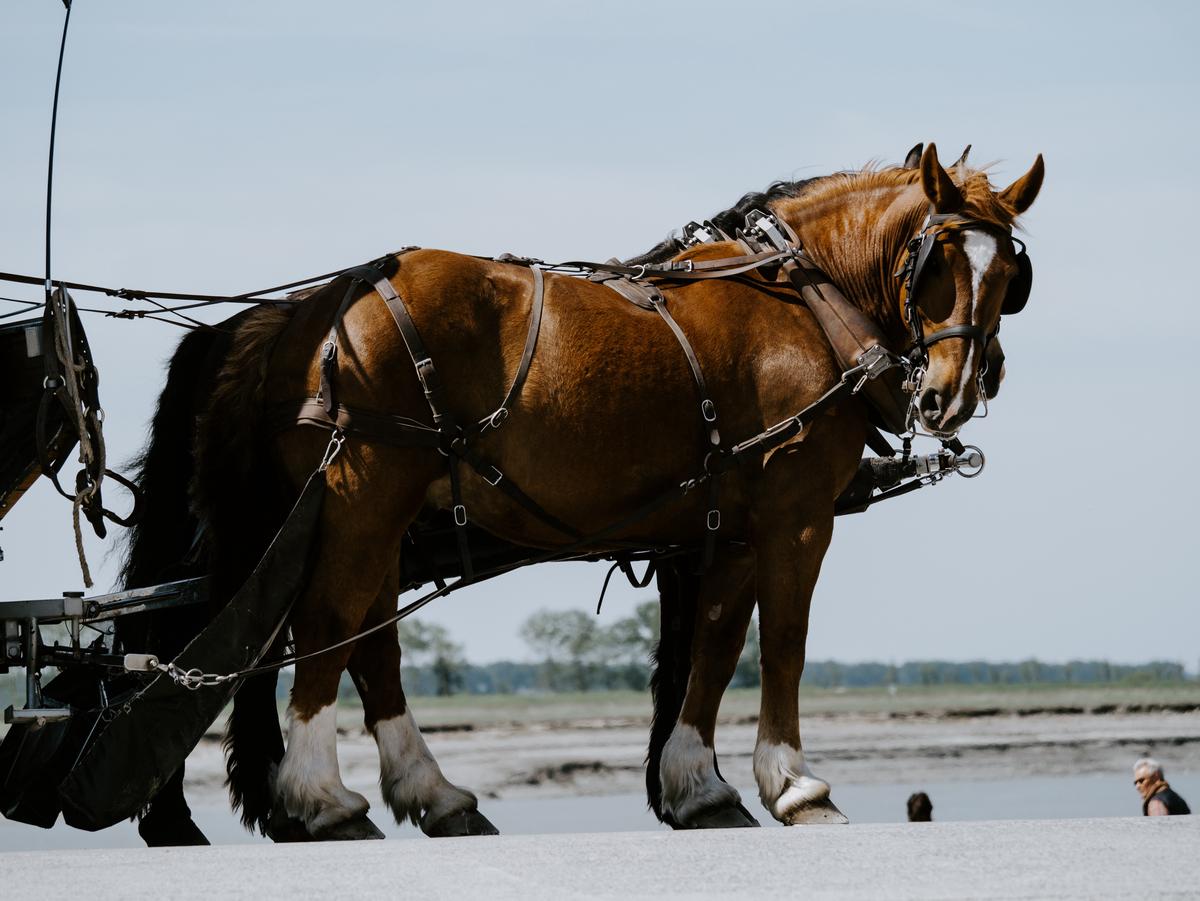
Photo by mattseymour on Unsplash
As we glance back at the pages of history, the size evolution of Shire horses mirrors the changing tides of time. Various influences ranging from societal needs, breeding practices, environmental changes, and comparative evolution with other breeds have woven the intricate tapestry of their size evolution. The grandeur that defines Shire horses today is a testament to their extraordinary journey. As we navigate the currents of modern and future trends, the understanding of this size evolution equips us with a panoramic view of their magnificent past, present, and potential future. Peerless in their stature and fascinating in their historical journey, Shire horses continue to captivate generations with their compelling size evolution narrative.
